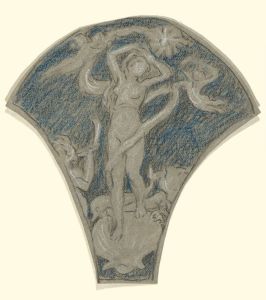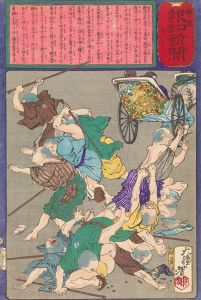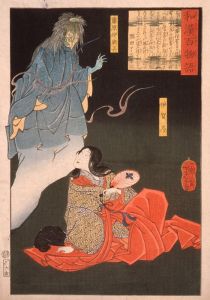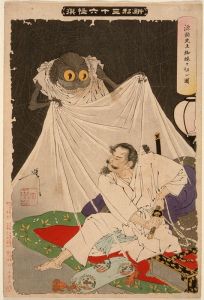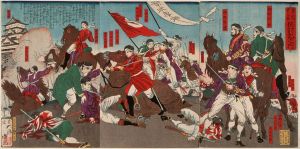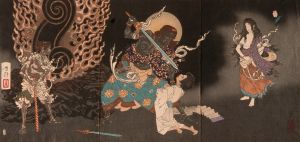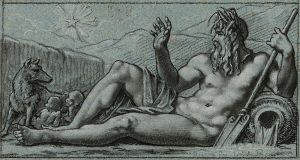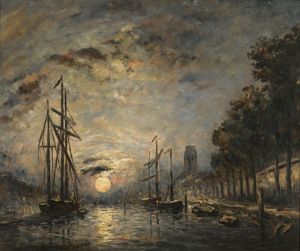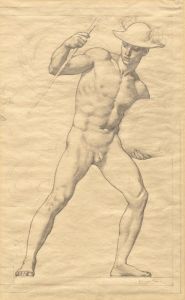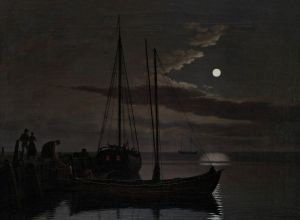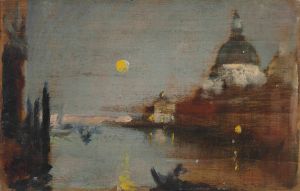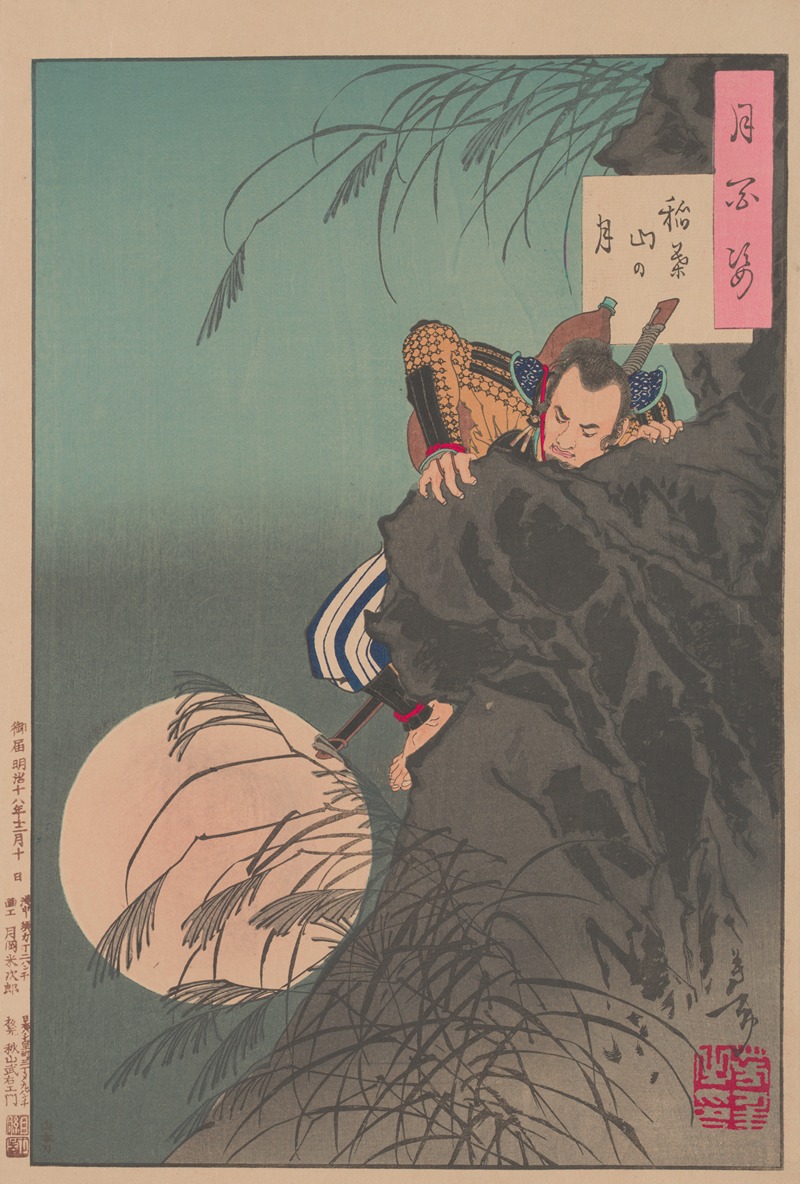
Inaba Mountain moon
A hand-painted replica of Tsukioka Yoshitoshi’s masterpiece Inaba Mountain moon, meticulously crafted by professional artists to capture the true essence of the original. Each piece is created with museum-quality canvas and rare mineral pigments, carefully painted by experienced artists with delicate brushstrokes and rich, layered colors to perfectly recreate the texture of the original artwork. Unlike machine-printed reproductions, this hand-painted version brings the painting to life, infused with the artist’s emotions and skill in every stroke. Whether for personal collection or home decoration, it instantly elevates the artistic atmosphere of any space.
"Inaba Mountain Moon" is a woodblock print by the renowned Japanese artist Tsukioka Yoshitoshi, who lived from 1839 to 1892. Yoshitoshi is widely celebrated for his contributions to the ukiyo-e genre, particularly during the late Edo and early Meiji periods. His works often depict historical scenes, folklore, and supernatural themes, showcasing his mastery in capturing both the beauty and the darker aspects of human experience.
"Inaba Mountain Moon" is part of Yoshitoshi's famous series "One Hundred Aspects of the Moon" (Tsuki hyakushi), which he created between 1885 and 1892. This series is considered one of his masterpieces and consists of 100 woodblock prints, each illustrating a different story, legend, or historical event associated with the moon. The series reflects Yoshitoshi's deep interest in Japanese history, literature, and mythology, as well as his innovative approach to the traditional ukiyo-e art form.
The print "Inaba Mountain Moon" specifically depicts a scene from the legend of the white rabbit of Inaba, a well-known story in Japanese folklore. According to the legend, a white rabbit tricks a group of sharks to help it cross the sea to reach Inaba. However, the rabbit's deceit is discovered, and it is punished by being skinned alive. The rabbit is eventually rescued by the deity Ōkuninushi, who heals its wounds. This story is often interpreted as a tale of compassion and redemption.
In Yoshitoshi's depiction, the moonlight bathes the scene in a serene glow, highlighting the emotional intensity of the moment. The composition and use of color demonstrate Yoshitoshi's skill in creating atmospheric effects and conveying the narrative's mood. The print captures the delicate balance between the natural beauty of the moonlit landscape and the poignant story of the rabbit's suffering and eventual salvation.
Yoshitoshi's work, including "Inaba Mountain Moon," is highly regarded for its technical excellence and emotional depth. His ability to blend traditional Japanese artistic techniques with innovative compositions and storytelling has earned him a lasting legacy in the world of art. Today, his prints are celebrated for their historical significance and artistic merit, and they continue to be studied and admired by art enthusiasts and scholars alike.
"Inaba Mountain Moon" exemplifies Yoshitoshi's unique approach to ukiyo-e, combining intricate details, expressive characters, and a profound connection to Japanese cultural heritage. The print not only showcases his artistic talent but also serves as a window into the rich tapestry of Japanese folklore and the enduring allure of the moon in art and literature.





